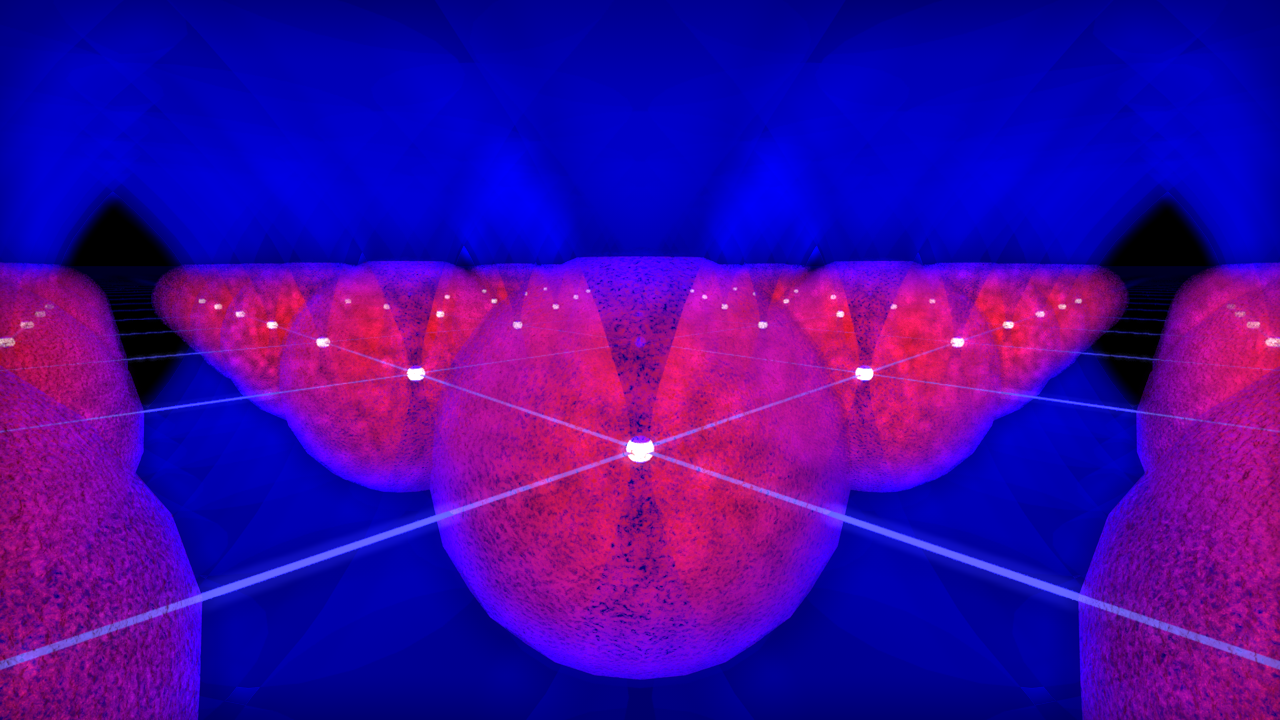



Recently giant technology companies such as Google or IBM have been putting great effort into the development of a superconducting quantum computer (QC), and it has been attracting much attentions. Not only a superconducting QC, however, but also a QC using neutral cold atoms, which we are studying, is a very hot subject now. Keywords are “Rydberg states” and an “optical tweezer array”.
“Rydberg states” referes to atomic states in which an electron (or electrons) belongs to a high-energy orbit with high quantum principal number. A typical size of the electron orbit is 100nm-1um, which is much larger than the typical size of atoms in its ground state: 1Å = 0.1nm. As the result of this huge orbits, there will be long-range interactions between them even at the distance of few micrometers, which allows us to address individual atoms separately.
“Optical tweezer array” is thought to be a very promising technique, especially when combined with Rydberg states. This is the array of very tightly focused lasers (the beam waist ~ 1um), and a single atom can be loaded to each of those focused light. The geometry of this array is quite tunable. This enable us to engineer quantum many-body system with abundant degrees of freedom.
In our group, in addition to the above two techniques, we are trying to make use of advantages of two-electron properties of ytterbium. In contrast to alkali atoms which has only one outermost electron, Rydberg states of ytterbium have one electron left in the inner orbit without being excited to high-energy orbits. This remaining electron makes it possible to perform new techniques such as an optical trap and fluorescence detection of Rydberg atoms.
